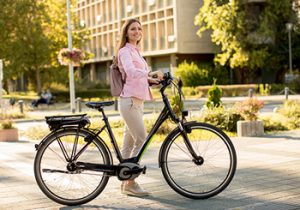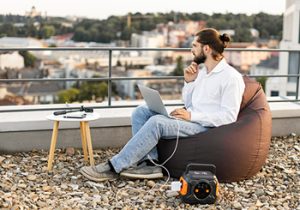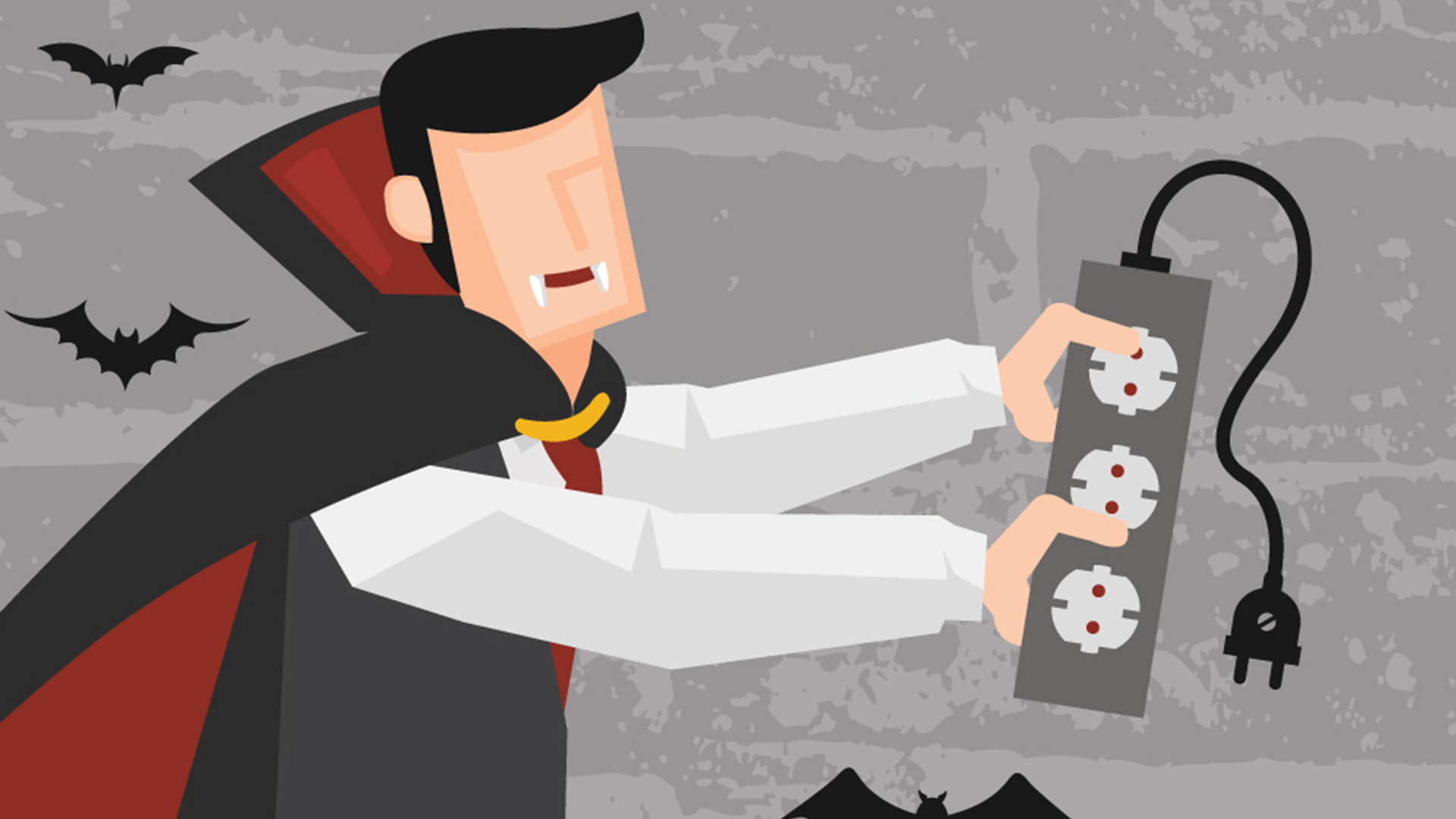Energy vampires, also known as standby power or phantom load, refer to electronic devices that continue to consume energy even when they are turned off or not in use. These devices may seem like a small issue, but they can add up to a significant amount of energy consumption and increase the energy bills of households. In this article, we will explore the issue of energy vampires in UK homes, the impact on energy consumption, and ways to reduce this unnecessary consumption.
What are Energy Vampires
Energy vampires are electronic devices that continue to draw power from the grid even when they are turned off or not in use. These devices include televisions, computers, printers, game consoles, phone chargers, and other electronics that have standby modes. According to the Energy Saving Trust, a typical UK household has around 12 electronic devices on standby at any given time, and they can account for up to 16% of a household’s annual electricity bill.
The Impact of Energy Vampires on Energy Consumption
The energy consumed by energy vampires may seem insignificant, but it can add up to a significant amount of energy consumption over time. According to the International Energy Agency, standby power accounts for around 5% of global electricity consumption and 1% of global carbon dioxide emissions.
In the UK, energy vampires can account for up to £50 a year on a household’s energy bill. This may seem like a small amount, but it adds up to a significant amount of money over time. Moreover, the energy wasted by energy vampires contributes to greenhouse gas emissions and climate change.
Ways to Reduce Energy Vampires in UK Homes:
There are several ways to reduce energy vampires in UK homes, which can help to save energy, reduce electricity bills, and reduce carbon emissions. Some of these ways include:
1. Unplug Electronics When Not in Use:
The easiest way to reduce energy vampires is to unplug electronics when they are not in use. This means turning off the power strip or unplugging the device from the wall socket. This can help to save a significant amount of energy and reduce the amount of standby power consumed by electronic devices.
2. Use Smart Power Settings:
Smart power strips can help to reduce energy vampires by automatically turning off power to electronic devices that are not in use. These power strips detect when a device is in standby mode and cut power to the device to save energy.
3. Use Energy-Efficient Devices:
Energy-efficient devices can help to reduce the amount of energy consumed by electronic devices. These devices are designed to use less energy when in use and have lower standby power consumption.
4. Use Energy Monitors:
Energy monitors can help to track energy consumption and identify the devices that are consuming the most energy. This can help to identify energy vampires and take steps to reduce their energy consumption.
5. Educate Family Members:
Educating family members about the impact of energy vampires and how to reduce their energy consumption can help to reduce the amount of energy consumed by electronic devices.
Energy vampires may seem like a small issue, but they can add up to a significant amount of energy consumption and increase the energy bills of households. By taking steps to reduce energy vampires in UK homes, we can save energy, reduce electricity bills, and reduce carbon emissions. Simple steps like unplugging electronics when not in use, using smart power strips, and using energy-efficient devices can make a significant difference in reducing energy consumption and saving money on energy bills.







